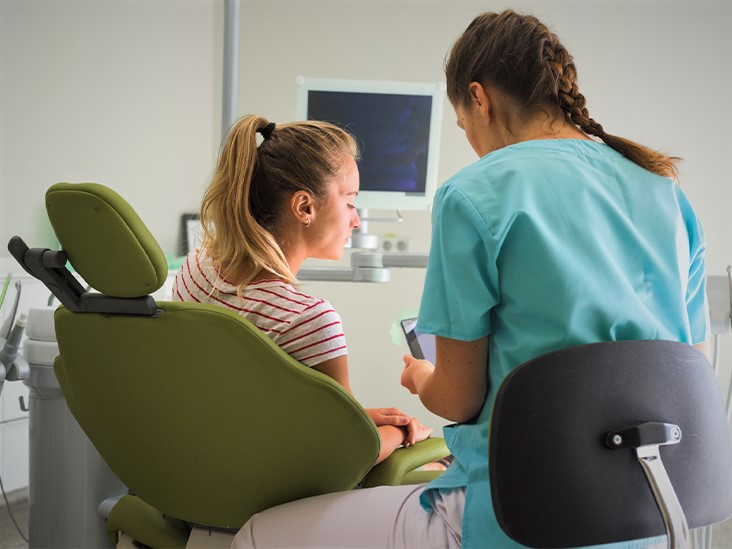
Patient Engagement: Making an Emotional Connection
Written by: Bob Levoy with Physicians Practice—
Establishing an emotional connection with patients will differentiate your practice in ways that will be profoundly meaningful and appreciated by your patients.
Patient satisfaction doesn’t guarantee patient loyalty. On the contrary, satisfied patients frequently change doctors because of insurance coverage, convenience, and long wait times among numerous other reasons. Something more than satisfaction is required to achieve loyalty: an emotional connection that makes patients feel valued, cared for, and understood and keeps them coming back.
Why it’s important: Numerous studies reflect how profoundly patients and physicians are affected by this emotional connection. Connected patients experience reduced stress, better adherence to treatment plans, and have better outcomes. For their part, physicians experience a renewed sense of meaning and fulfillment and have less burnout.
The problem: An April 2012 article, “The Doctor Will See You – If You’re Quick,” published in Newsweek, pretty well sums up the problem of establishing an emotional connection with patients with whom you can typically spend only 15 minutes, and often less. Given such time restrictions, here are some shortcuts to establishing this important bond.
• Have a positive regard for patients. Give your patients the respect they deserve. Apologizing for long waits is a good start – it shows them that you value their time.
• Listen with intensity. It’s been said that active listening is a skill that’s easy to understand but difficult to practice. Yet, listening may be the ultimate sign of respect. And everything flows from good listening moments. Sometimes a silent, supportive presence is the most appropriate response to a patient’s painful situation. Maintain eye contact. Looking at the patient’s chart or a computer screen, or worse, your watch, implies less than total interest on your part. Nod frequently – not necessarily in agreement but to convey messages such as “go on” and “I’m listening.” Or express the same thoughts by saying “uh-huh” or “I see.” Then reflect back what you think the patient is trying to communicate to assure your understanding.
• Express empathy. Listen for feelings. Try to understand each patient’s concerns from her vantage point. It’s critically important in establishing an emotional connection with patients. Author and consultant Wendy Leebov suggests handling the last few seconds of a seriously ill patient’s visit by saying “I realize today’s news has been very upsetting for you. I want you to know I’ll be with you every step of the way.”
In a study published in the March 2011 issue of Academic Medicine, researchers from Thomas Jefferson University in Philadelphia linked physicians’ empathy and compassion to the success of their treatment of patients with diabetes. “Our results show that physicians with high empathy scores had better clinical outcomes than physicians with lower scores,” reported Mohammadreza Hojat, PhD, a research professor, department of psychiatry and human behavior at Jefferson Medical College.
• Offer personal warmth. This all-important trait is often underestimated by physicians who are convinced that medical knowledge and skills are all that matter. The perception of personal warmth is highly subjective but includes such traits as: being approachable and down-to-earth; kindness and empathy; patience; a good sense of humor; and a respect for diversity. And it starts with a smile and calling the patient by name – which is an instant icebreaker, relaxer of tensions, and a critical step in forging an emotional connection.
Establishing that emotional connection, combined with your expertise, will differentiate your practice in ways that will be profoundly meaningful and appreciated by your patients.
Visit the article at: https://www.physicianspractice.com/view/patient-engagement-making-emotional-connection
Photo credit: https://www.healthline.com/health/mental-health/fear-of-dentist

